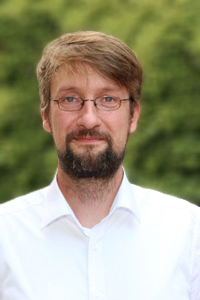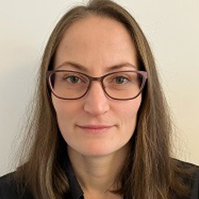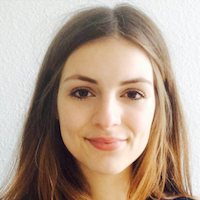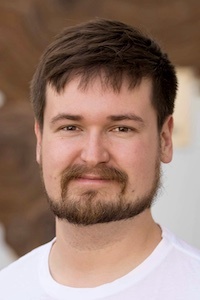Connected Urban Twins (CUT)
Title: CUT Project (Connected Urban Twins Project)
Project duration: July 2021 – December 2025
Research Area: Smart City
The “CUT” project was launched in 2021. During the five-year project period, the three partner cities of Hamburg, Leipzig, and Munich will jointly drive forward the development of digital twins for cities and municipalities. The overall project is divided into five subprojects, which bring different competencies to the project. Scads.ai is part of the project as subproject 4 in the area of “Simulation, Modeling and Artificial Intelligence”.
The project has a local and consortial level. On the local level, we work particularly closely with the city of Leipzig and its various offices on use cases that we find and implement together. The main goal is to pilot use cases. This involves testing and evaluating different scenarios rather than creating finished software products.
Aims
- Implementation of Proof of Concepts (POCs)
The experimental aspect of subproject 4 is the possibility of implementing ideas with urban data without having to create a concrete product. Nevertheless, this implementation represents the possibilities that targeted evaluation of data and training of models can offer.
- Knowledge exchange within the project to create and transfer knowledge to small(er) municipalities
A major goal of the project is the transferability of the POCs to other municipalities. Therefore, an important aspect of our work is to ensure that the implementation is as open source as possible and uses readily available data.
- Demonstrate our results to the public/ citizens
AI is a great mystery to many, although used wisely, it can efficiently facilitate or take over tedious tasks for us. Therefore, it is also a concern for us to present our results in demonstrators in an easily understandable way.
Practical example created during the project
Scads.AI together with the city of Leipzig created the “Floor Level Line Detector” (Stockwerkerkennung) which uses images of building facades to obtain the number of floors a building has (s. video, link to launchpad). The information of number of floors of a building is crucial to urban planning, energy consumption monitoring, …

Technology
The project is strongly application-oriented. Therefore, existing technologies are applied to the existing data. For example, neural networks are used in the form of object recognition in images for various use cases, as well as classification of images. The analysis and evaluation of text using NLP methods plays a major role in the project, as well as simple data analysis for knowledge extraction.
Outlook
Shaping our cities into smarter, digital and efficient cities has only just begun. Projects such as the CUT project therefore represent a lighthouse project in this area, which is why it is important to share the knowledge generated in the project with the outside world. The project or project idea will therefore be able to nourish many more follow-up projects with use cases.
Publications
- Detecting floors in residential buildings (Kramm, Friske, Peukert)
- BERT-based Hate Speech Detection for Civic Engagement Platforms in German Language (Friske, Kramm, Carnot, Kreusch, Peukert)
Team
Project Lead

Dr. Eric Peukert
Leipzig University
Department of Computer Science

Prof. Dr. Erhard Rahm
Leipzig University
Department of Computer Science, Database Group, Chair of Databases
Team Member

Julia Friske
Leipzig University

Aruscha Kramm
Leipzig University

Jonas Kreusch
Leipzig University
Partner
- City of Leipzig
- CUT consortium (Hamburg and Munich)


